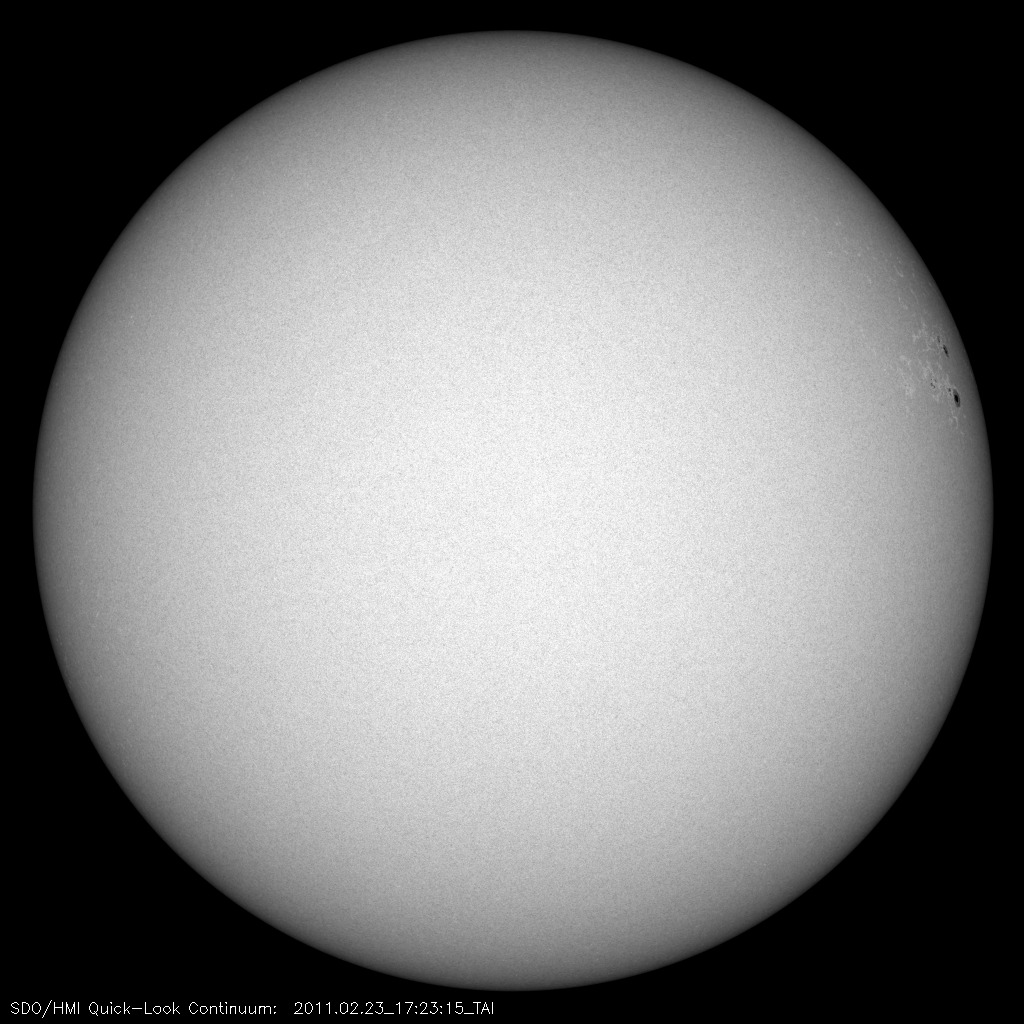
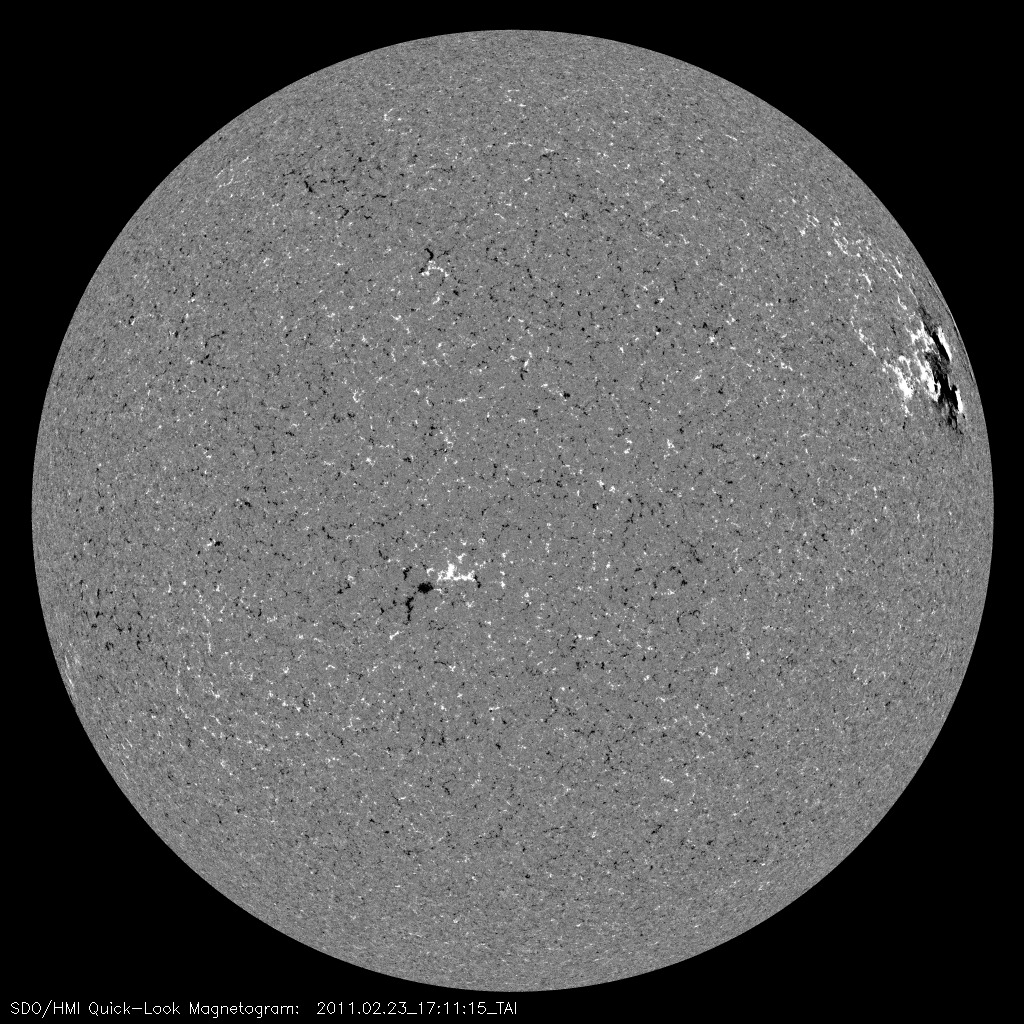
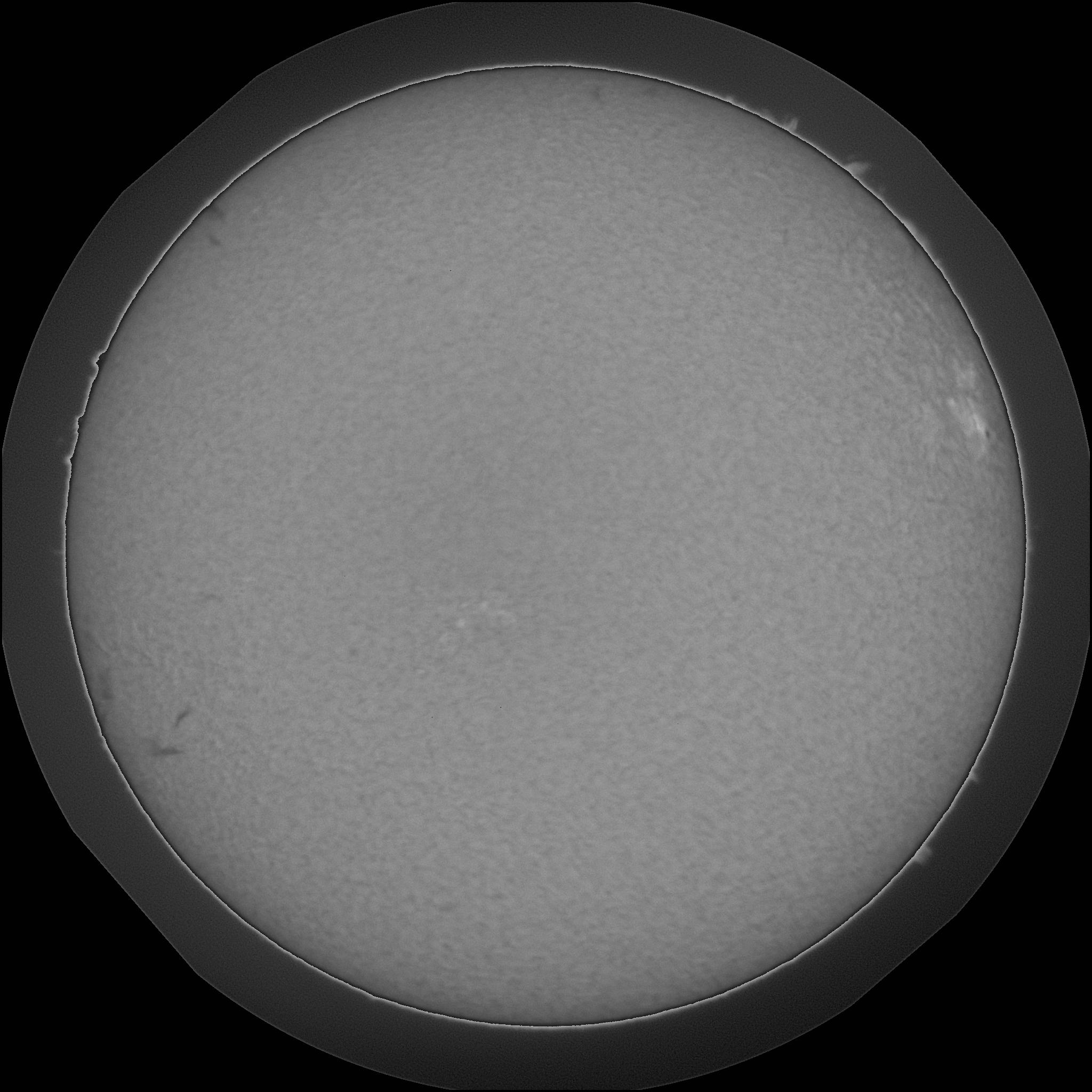
Events
Region
Report
Notes
MM#009 Default HESSI Target
Both NOAA regions 1161 and 1162 continue in slow decay phase. 1161 produced a C1.2 event at 02/23/12:23 UT. Another C-class event is possible today. The position of NOAA 1161 on February 23 at 12:30 UT is: N11W63 (Solar X = 849", Solar Y = 237")
Bill Marquette (Helio Research)

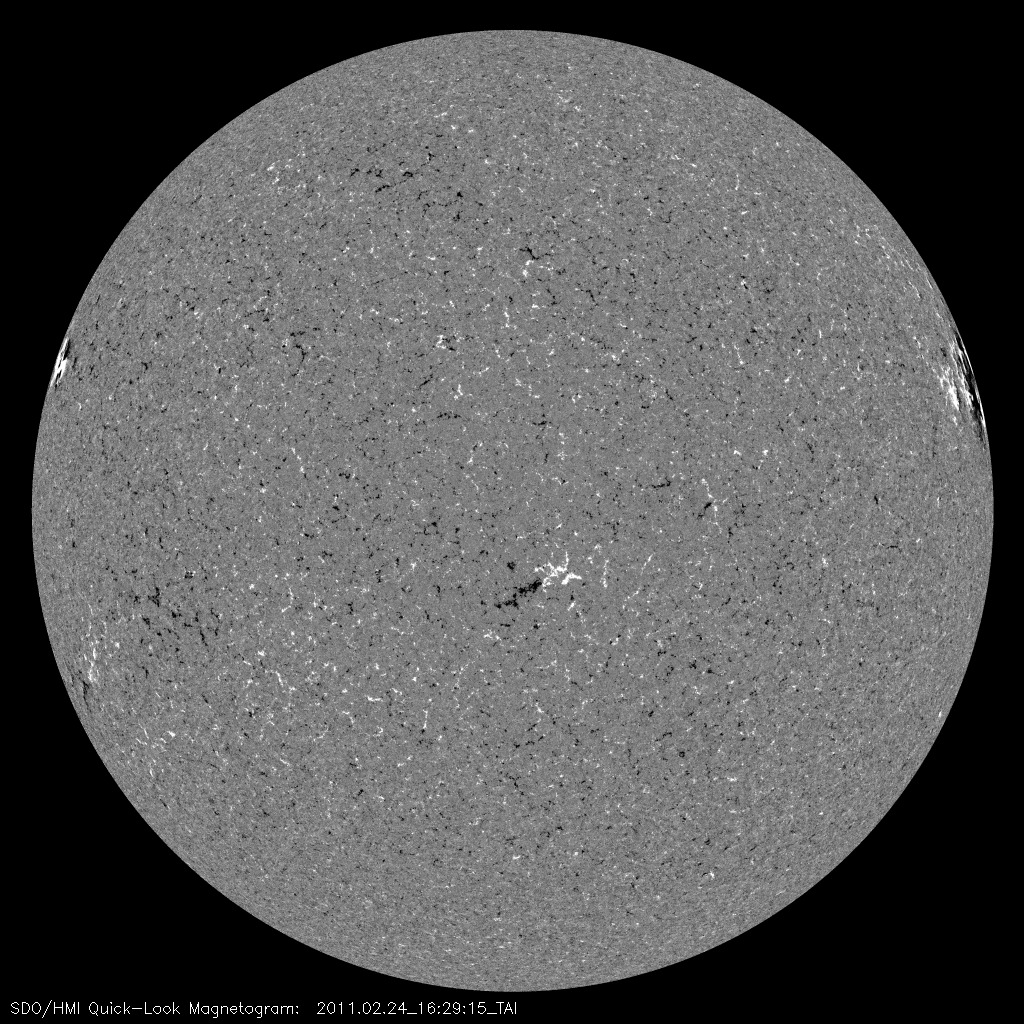
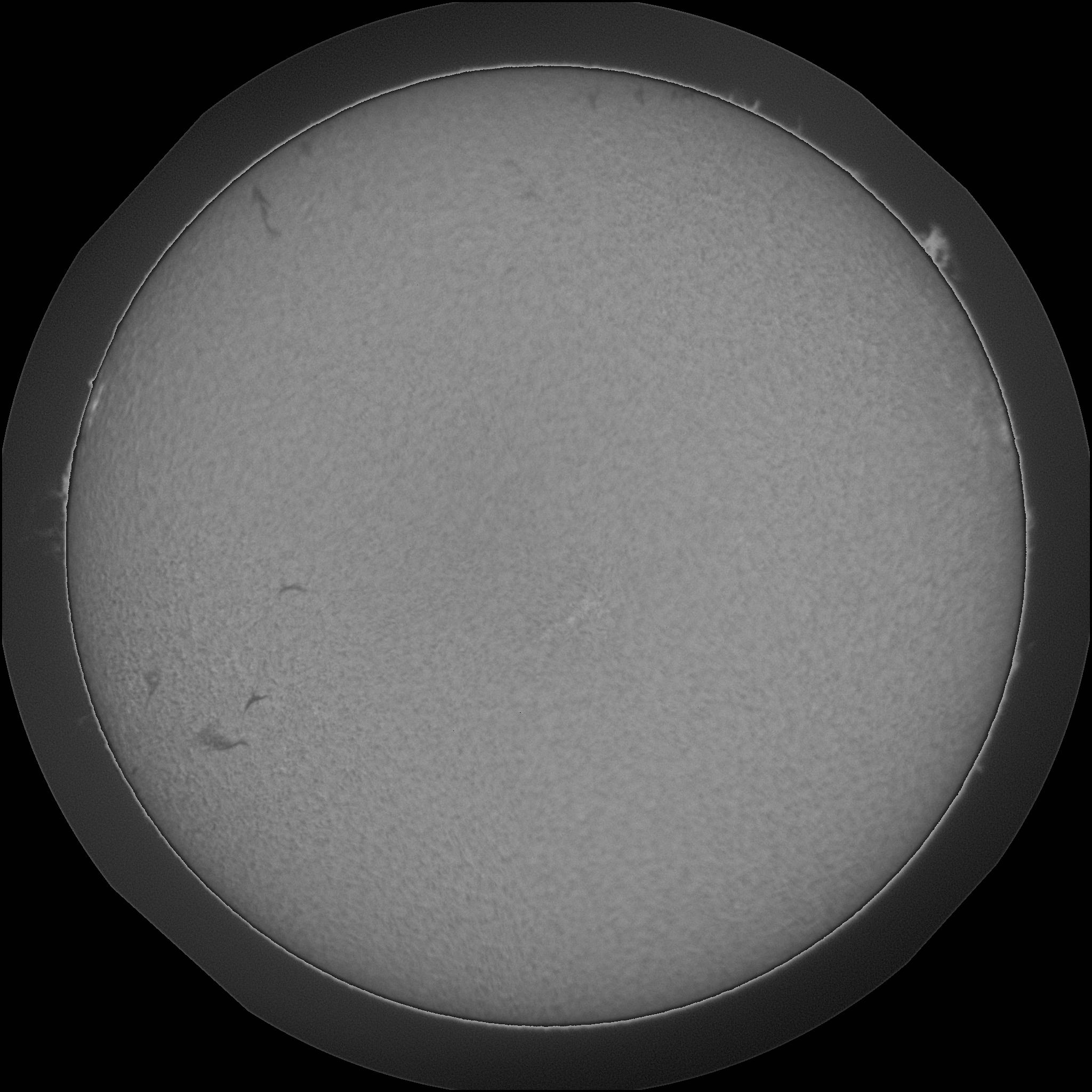
Events
Region
Report
Notes
Date: Thu, 24 Feb 2011 09:21:43 -0800
MM#003 Major Flare Watch
At this time we are implementing Max Millennium Coordinated Observing Plan #003 (Region Likely To Produce Major Flares). An active region located just behind the NE limb was the source of an M3.5 event at 02/24/07:31 UT. The region is too close to the east limb to ascertain its magnetic configuration. A major flare (M5 class event or greater) is possible. The position of the target on February 24 at 07:30 UT is: N14E87 (Solar X = -940", Solar Y = 239")
Bill Marquette (Helio Research)
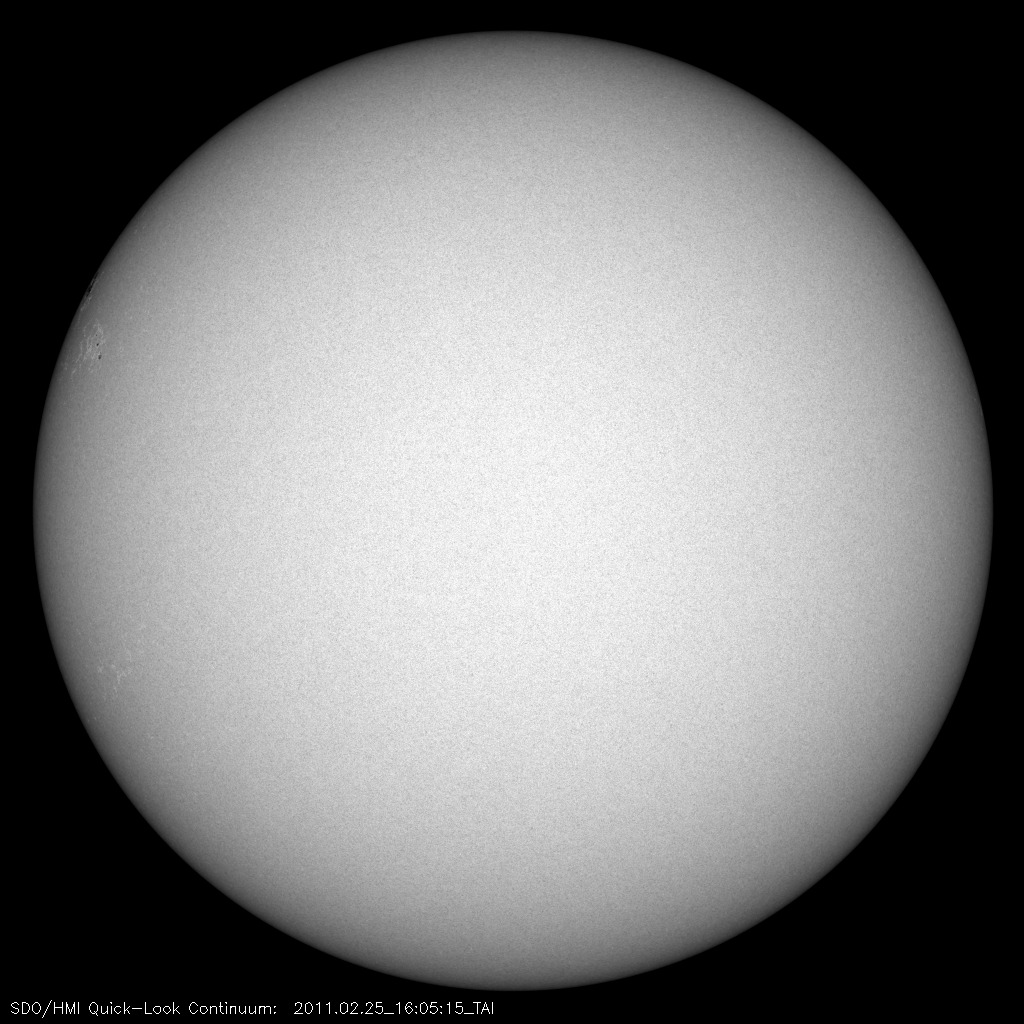
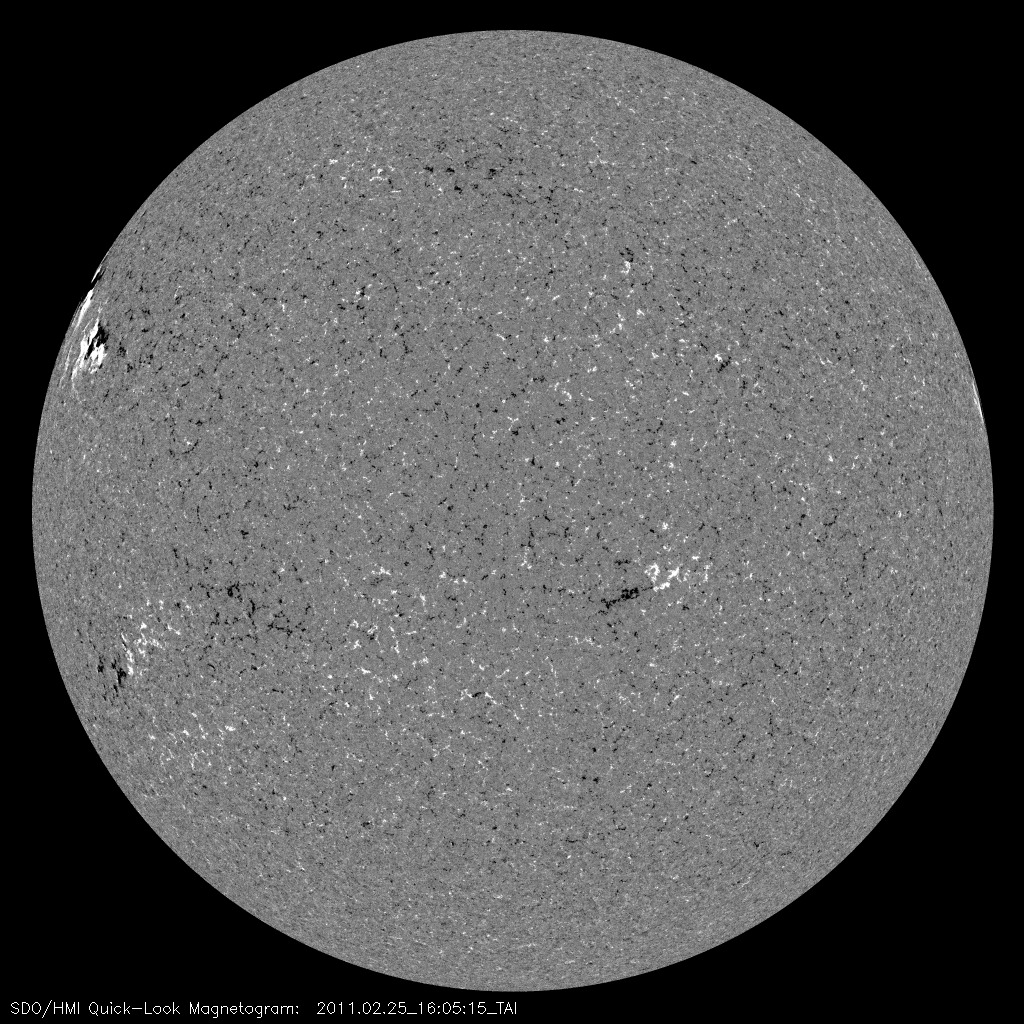
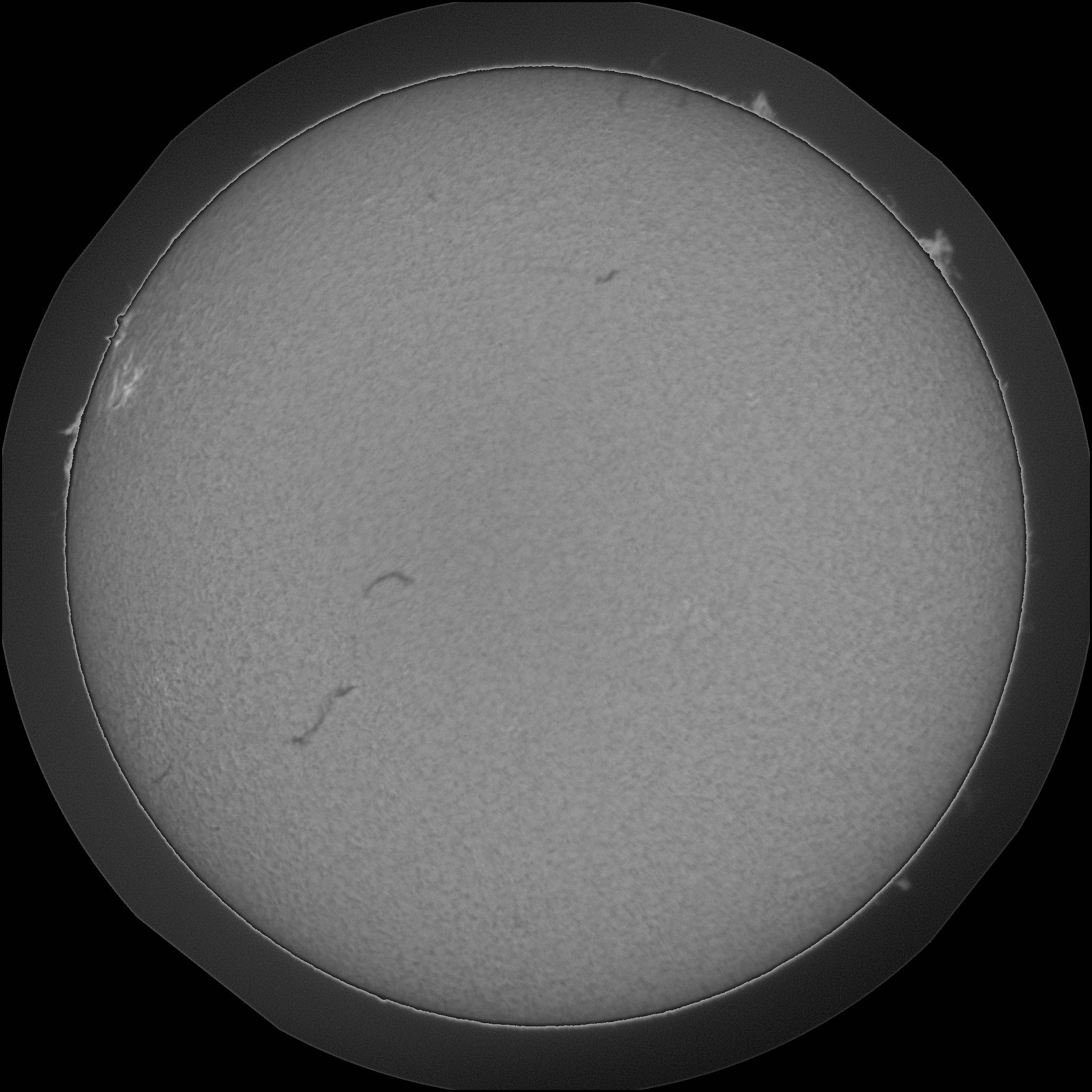
Events
Region
Report
Notes
Date: Fri, 25 Feb 2011 08:00:42 -0800
MM#003 Major Flare Watch
A large leader sunspot is visible on the NE limb. This new region was the likely source of the M3.5 event yesterday at 07:31 UT. This region is located northeast of newly numbered NOAA 1163. If possible, include 1163 within your F-O-V. An event equal to M5 or larger is possible in the next few days. The approximate position of the target on February 25 at 11:00 UT is: N20E85 (Solar X = -908", Solar Y = 339")
Bill Marquette (Helio Research)
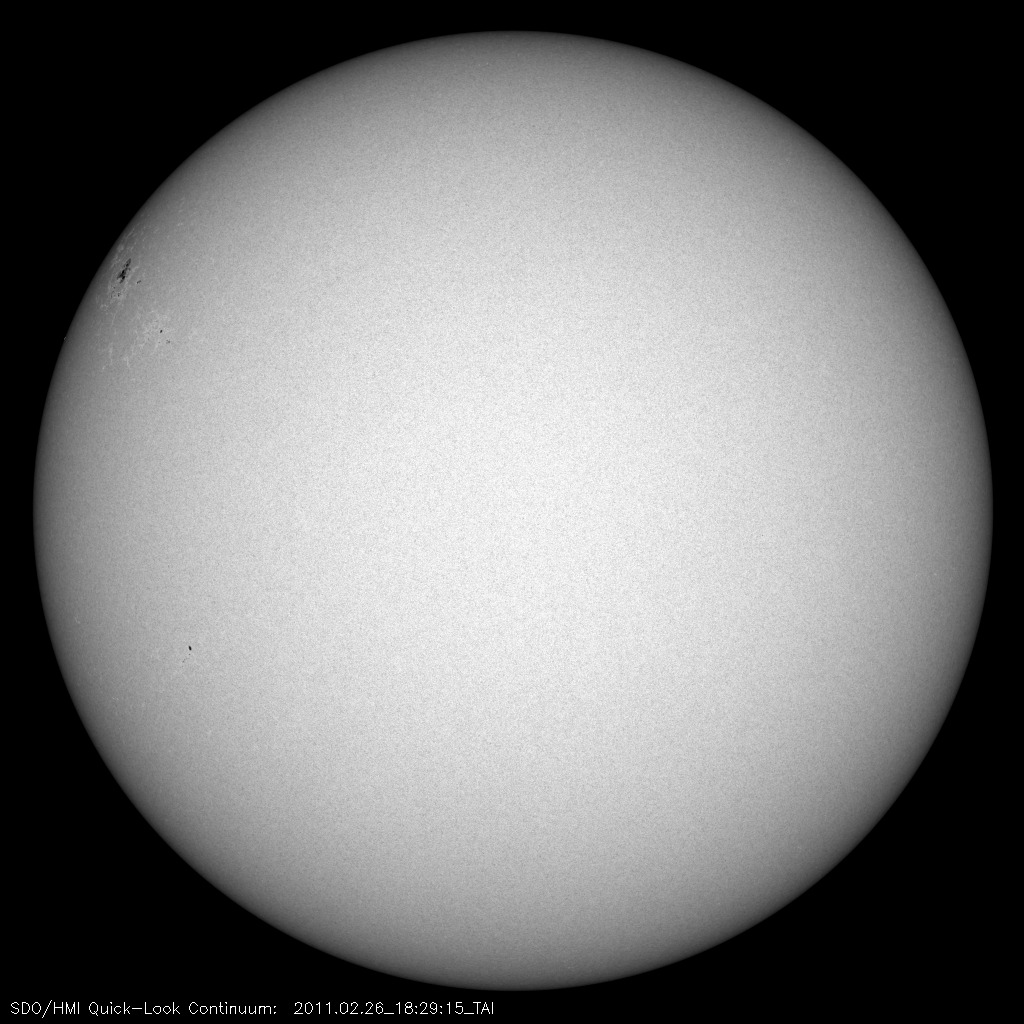
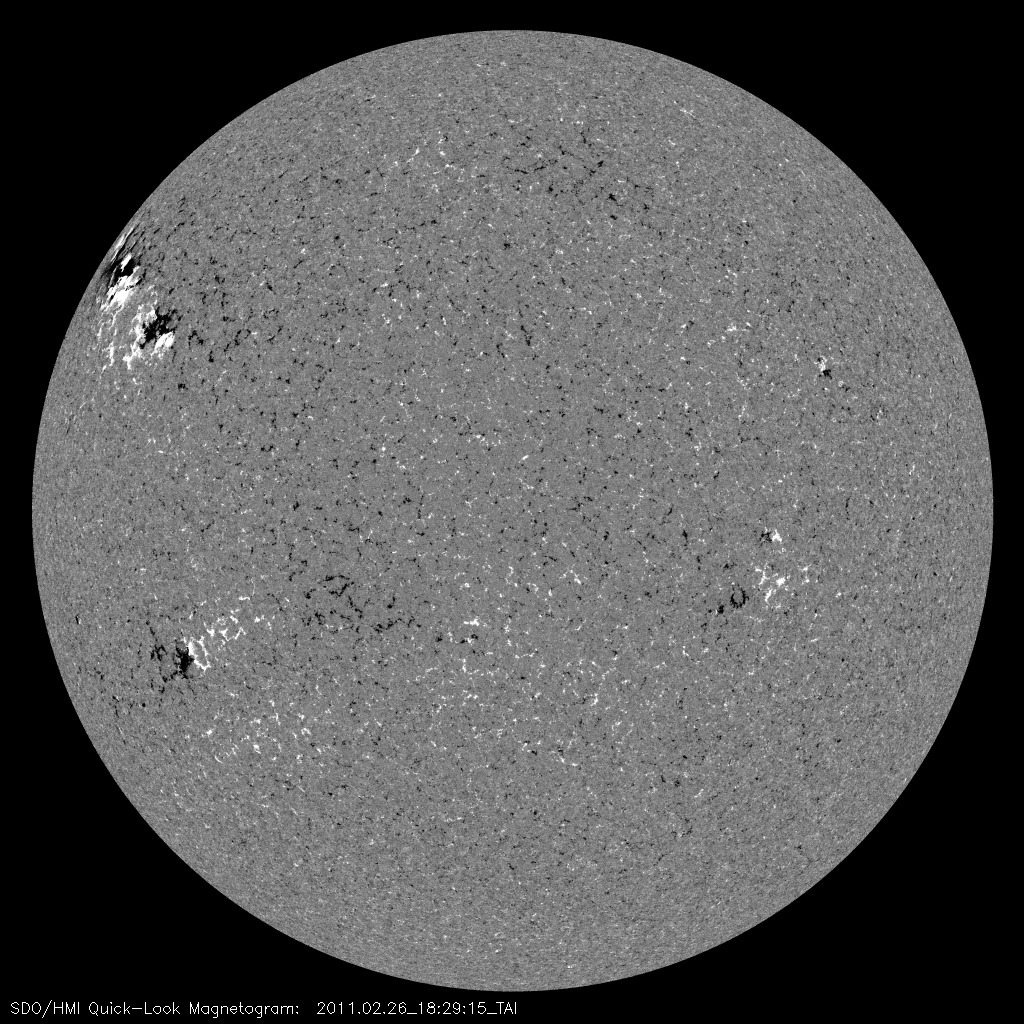
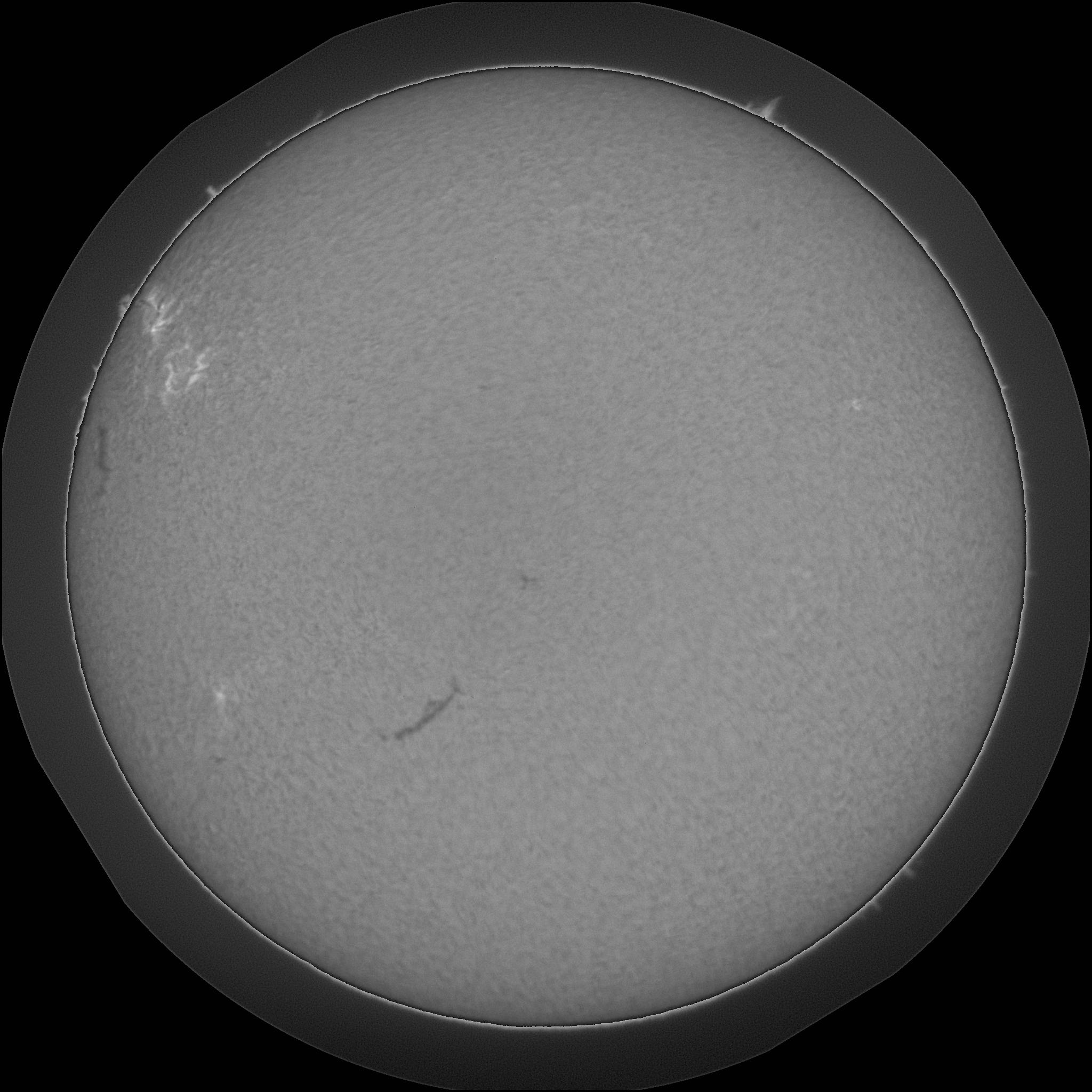
Events
Region
Report
Notes
MM#003 Major Flare Watch
The target region (now numbered NOAA 1164) has a complex magnetic delta configuration. 1164 is displaying point brightening and continuous surges in H-alpha images. It has produced numerous B- and C-class events associated with the point brightening but hasn't produced any high level activity since the M3.5 (behind the east limb) event on the 24th. 1164 has the potential to produce an M5 event or larger in the next few days. The position of NOAA 1164 on February 26 at 15:40 UT is: N28E67 (Solar X = -788", Solar Y = 339")
Bill Marquette (Helio Research)
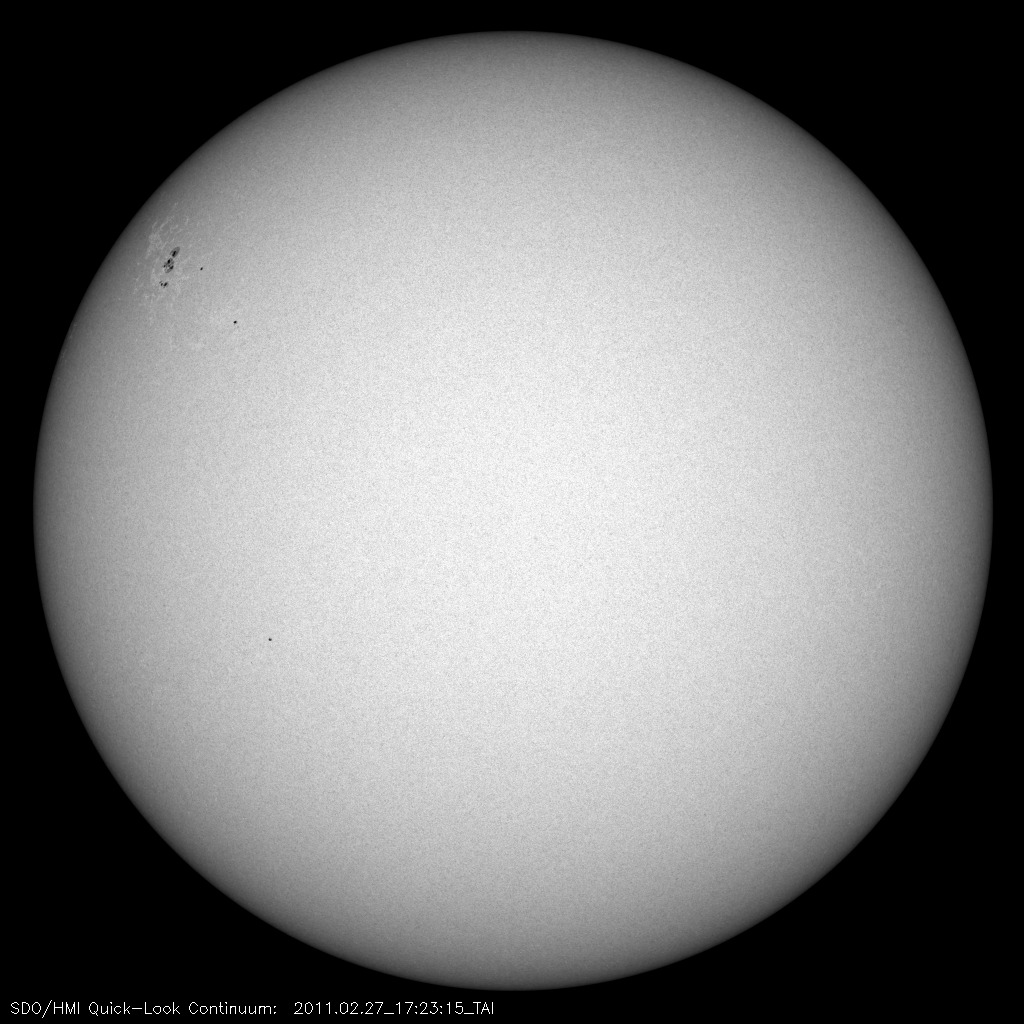
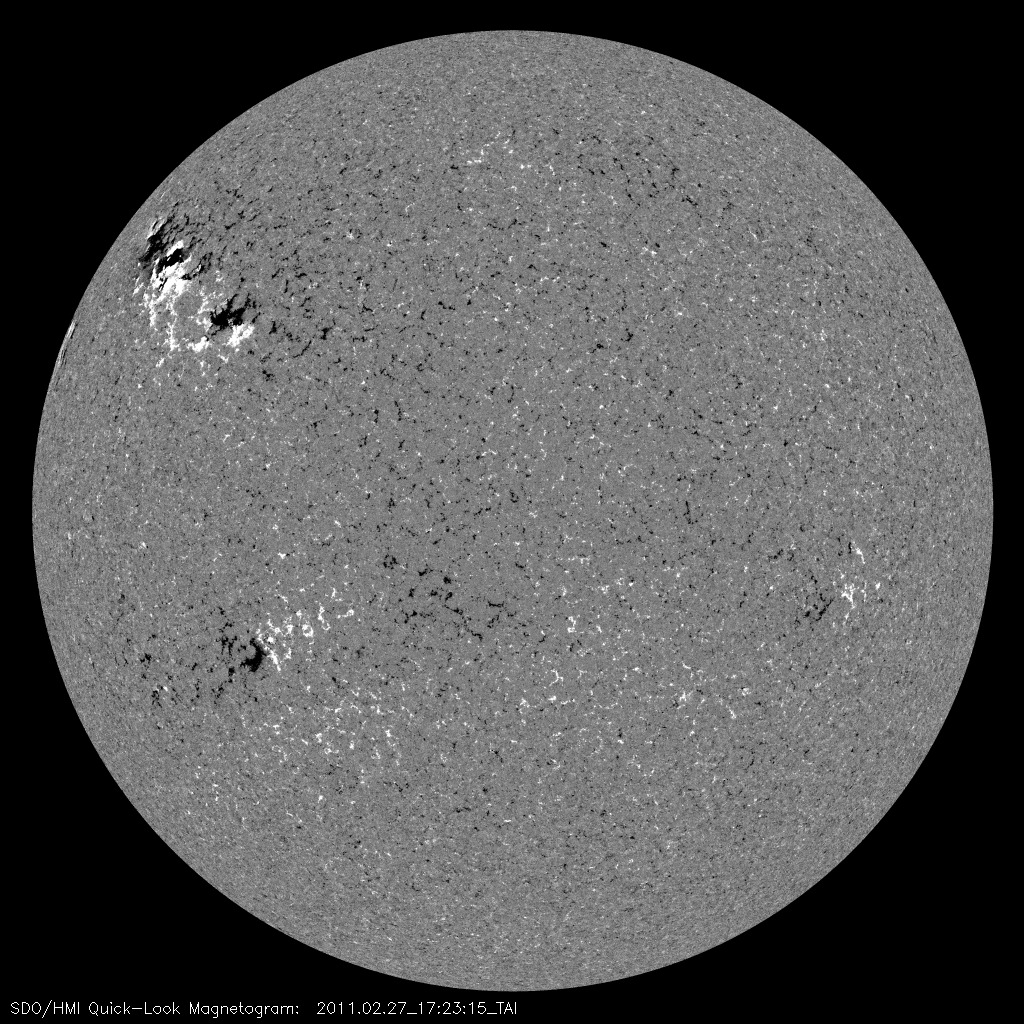
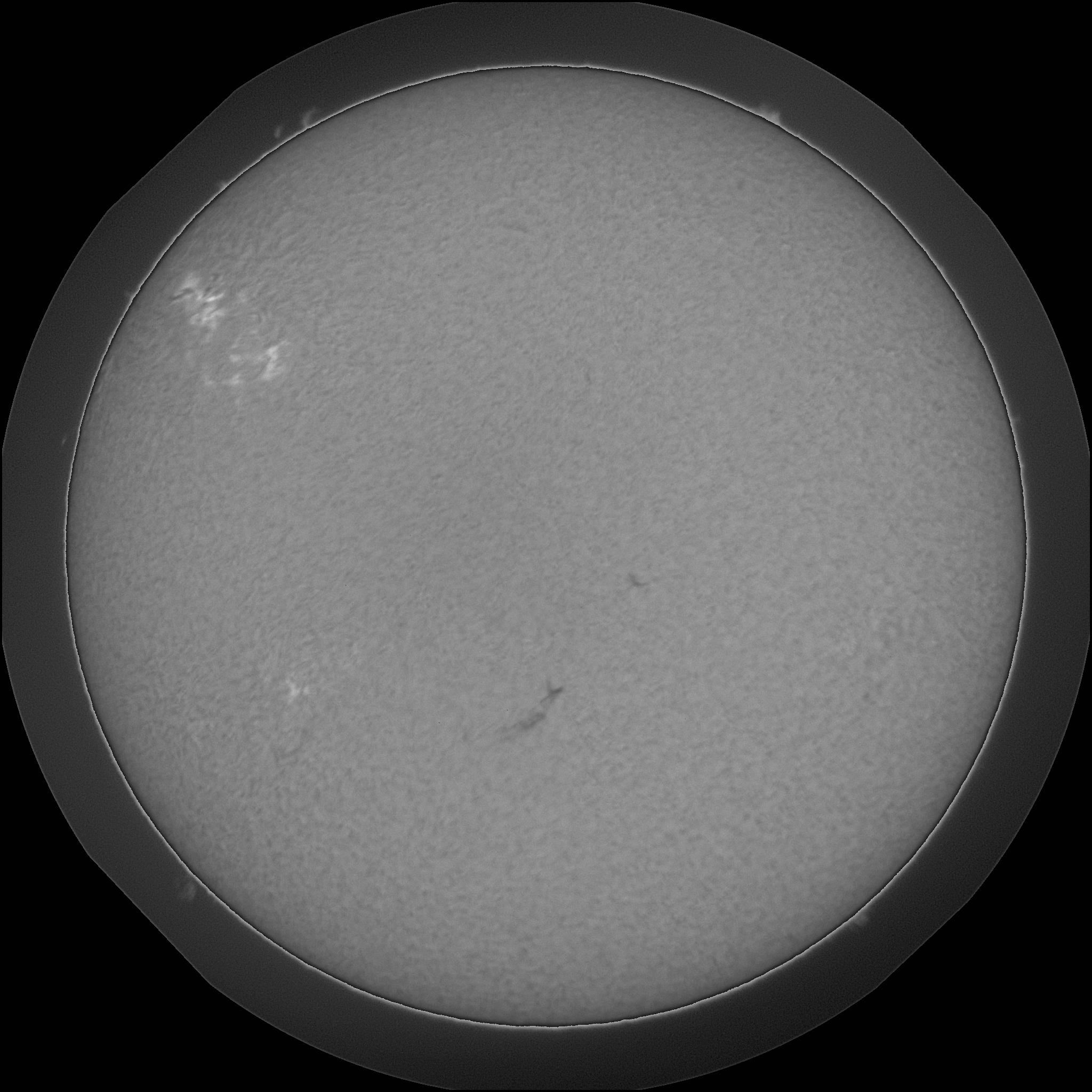
Events
Region
Report
Notes
MM#003 Major Flare Watch
NOAA 1164 continues to be the source of low-level events.
The largest was a C4.2 at 02/27/03:55 UT. The
regions magnetic configuration is a complex
beta-gamma but the large leading penumbra has split
losing its delta configuration. The changes of a major
flare have decreased somewhat but 1164 is still capable
of producing an isolated M-class event.
The position of NOAA 1164 on February 27 at 12:30 UT is:
N28E53 (Solar X = -684", Solar Y = 516")
Bill Marquette (Helio Research)
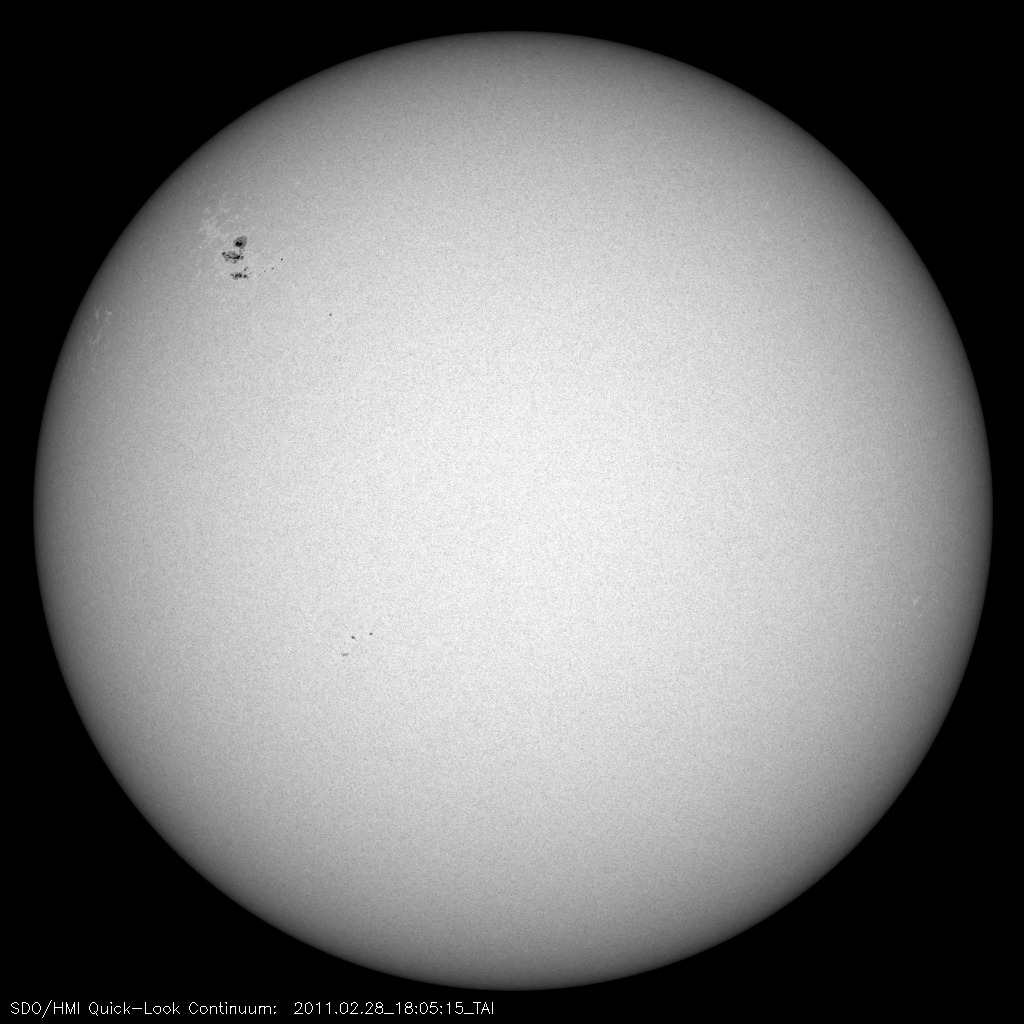
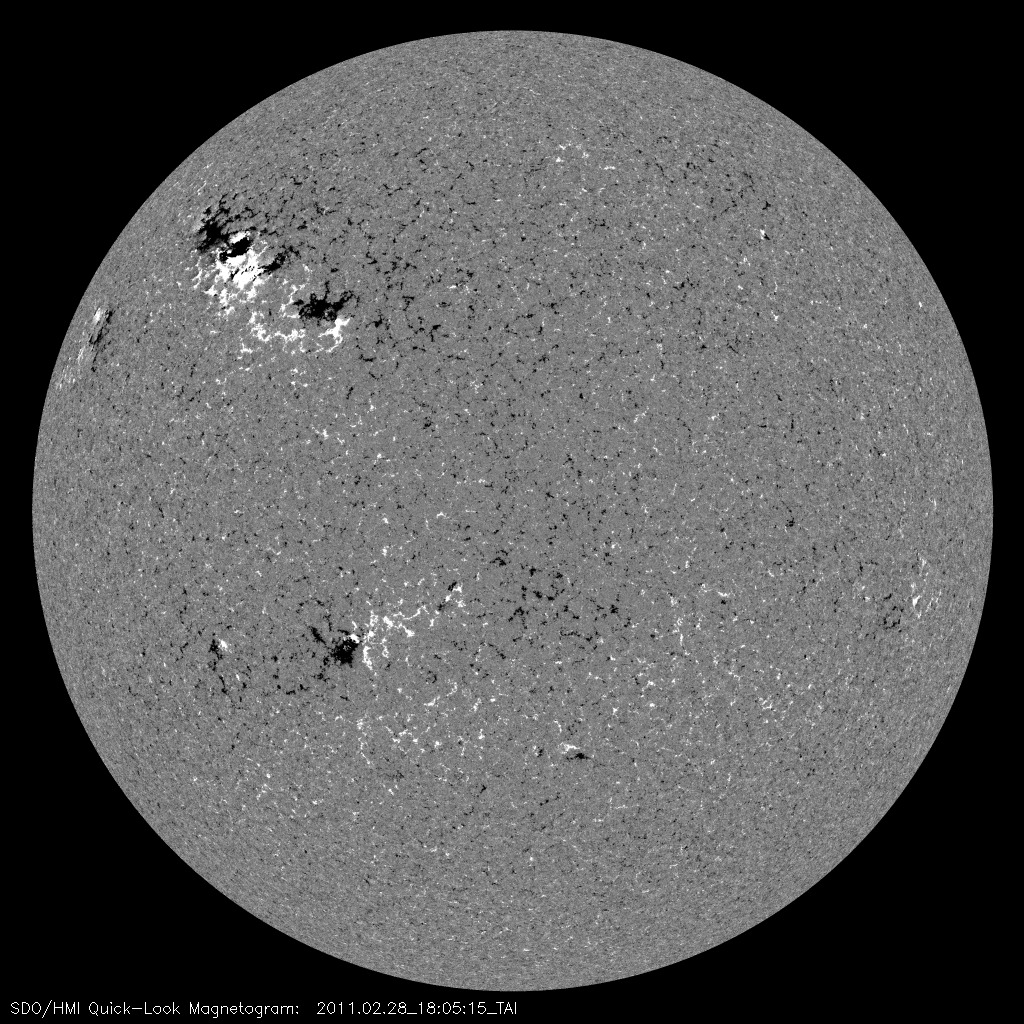
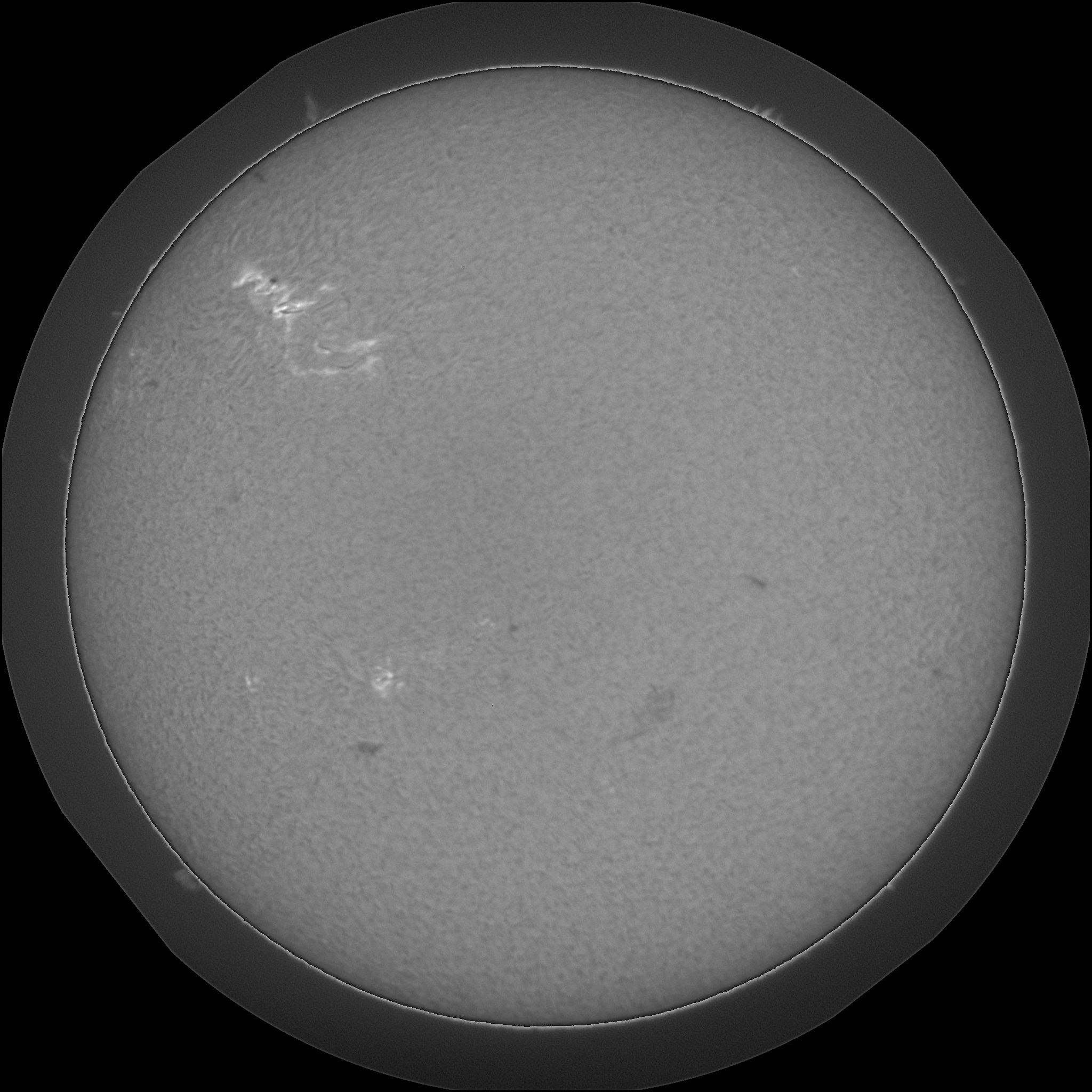
Events
Region
Report
Notes
MM#003 Major Flare Watch
NOAA 1164 was the source of numerous C-class events
and an isolated M1.1 event at 02/28/12:45 UT. As mentioned
yesterday, the magnetic delta configuration has decayed
but 1164 is maintaining a complex beta-gamma classification with
an E-W magnetic inversion line in the leading polarity portion.
C-class activity expected with another M-class event possible and
a slight chance of an isolated event equal to or greater than M5.
The position of NOAA 1164 on February 28 at 12:30 UT is:
N27E39 (Solar X = -544", Solar Y = 521")
Bill Marquette (Helio Research)
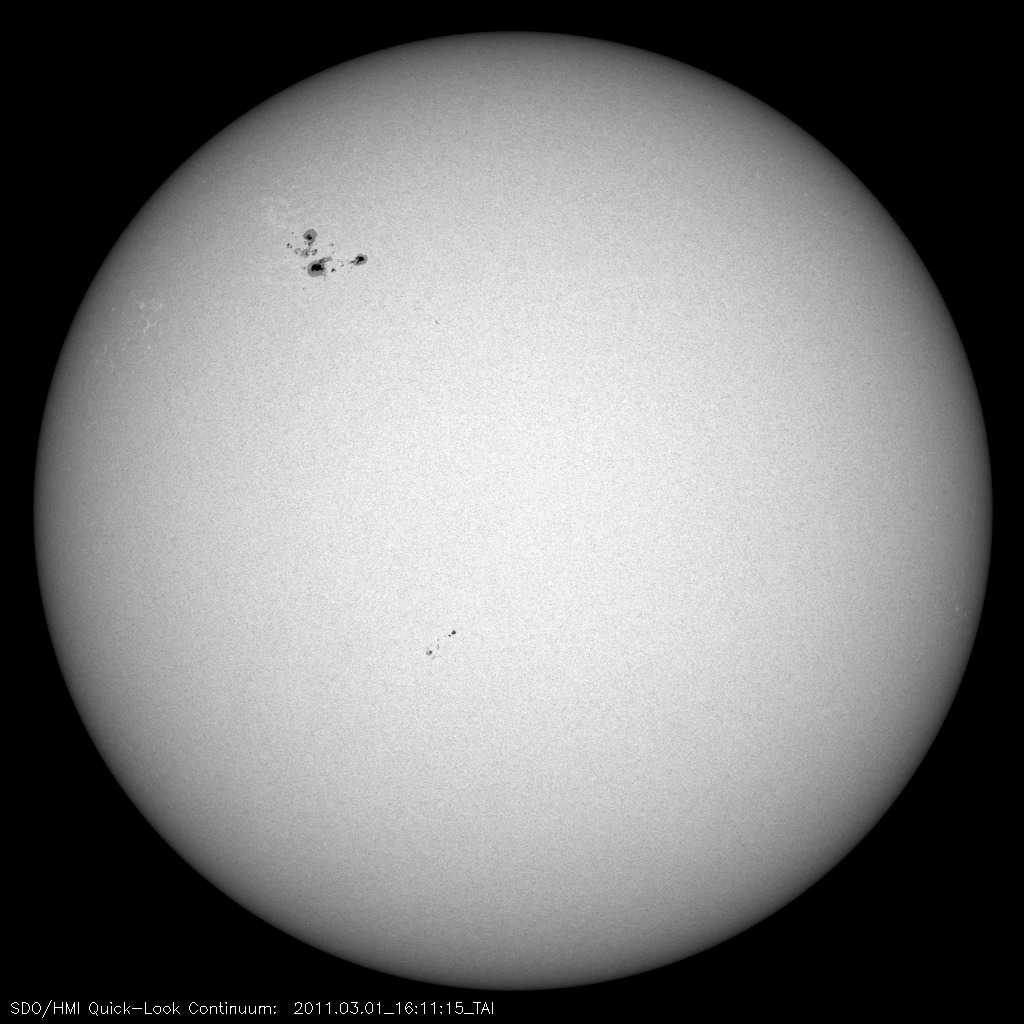
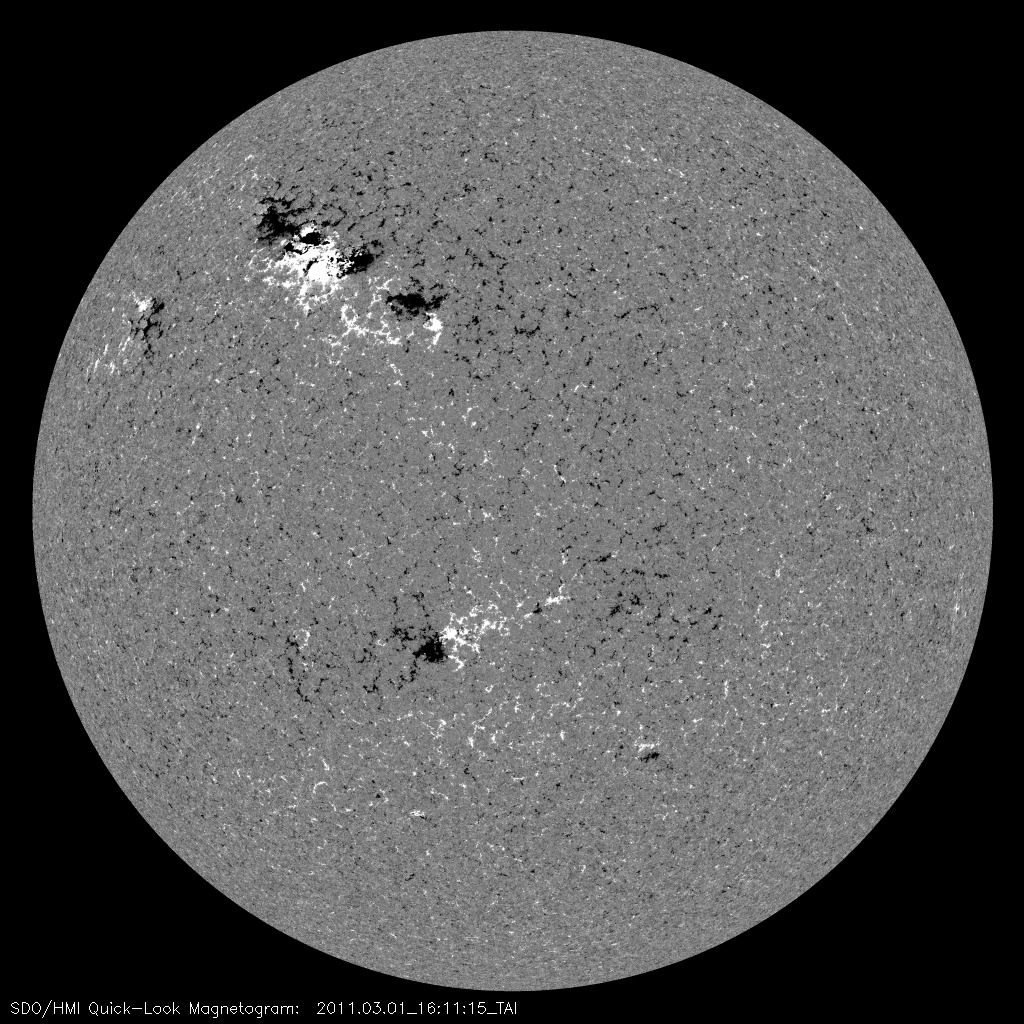
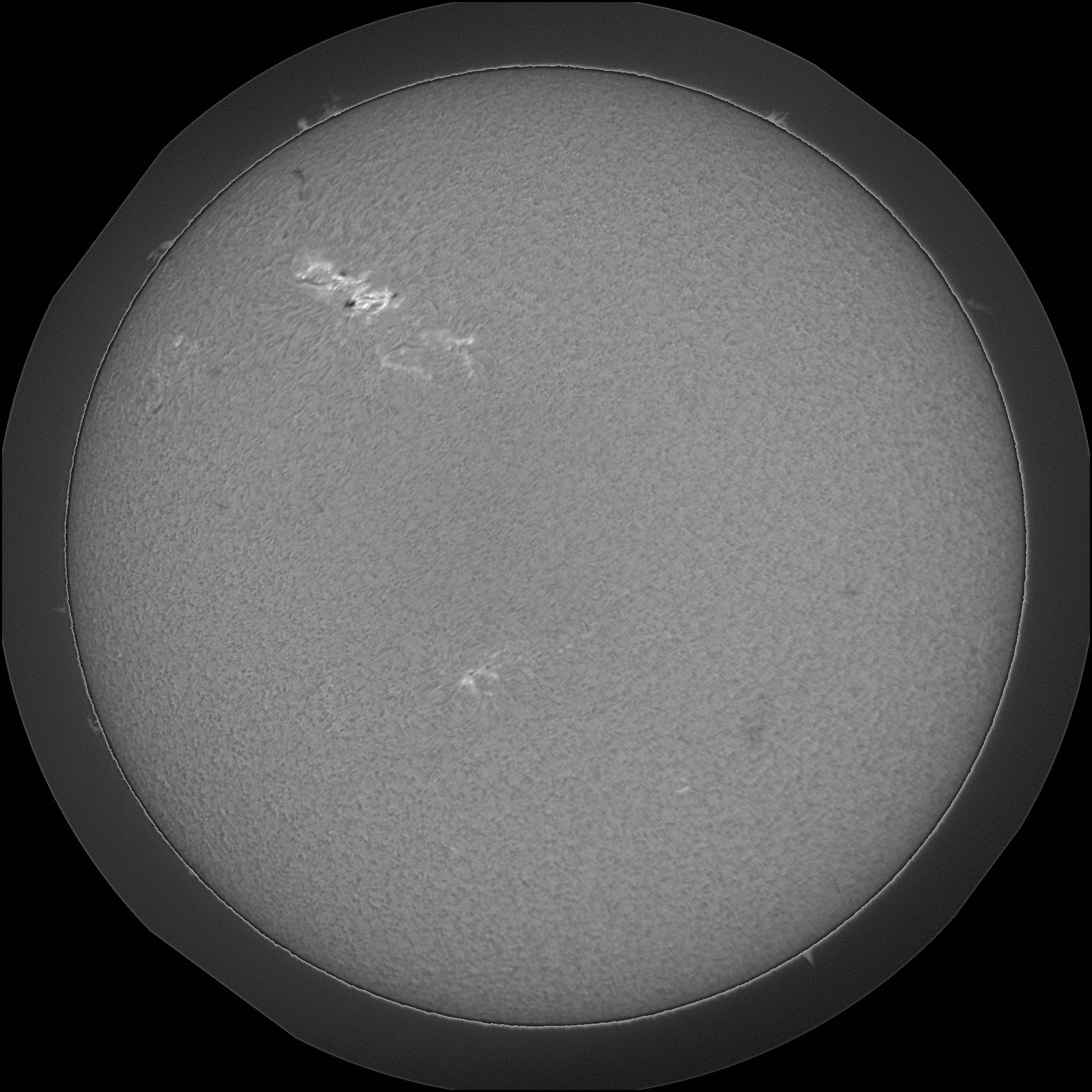
Events
Region
Report
Notes
Date: Tue, 1 Mar 2011 08:23:29 -0800
MM#003 Major Flare Watch
NOAA 1164 appears to be reforming a complex magnetic
delta configuration. 1164 was the source of numerous C-class
activity in the past 24 hours. 1164 has not been the source of
a significant flare since the limb occulted major flare on
February 24 but it continues to possess a magnetic complexity
with the potential to produce an event equal to or
greater than M5.
The position of NOAA 1164 on March 01 at 12:30 UT is:
N26E26 (Solar X = -382", Solar Y = 520")
Bill Marquette (Helio Research)
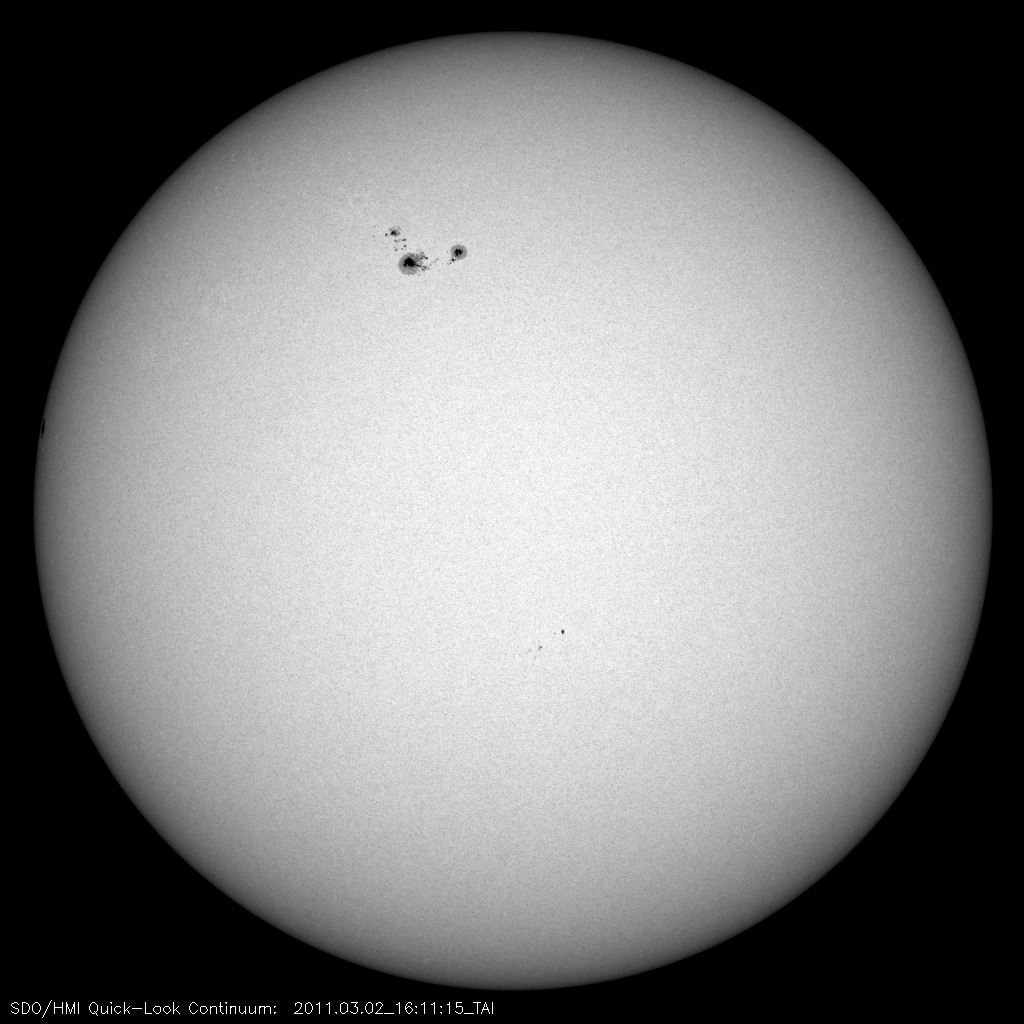
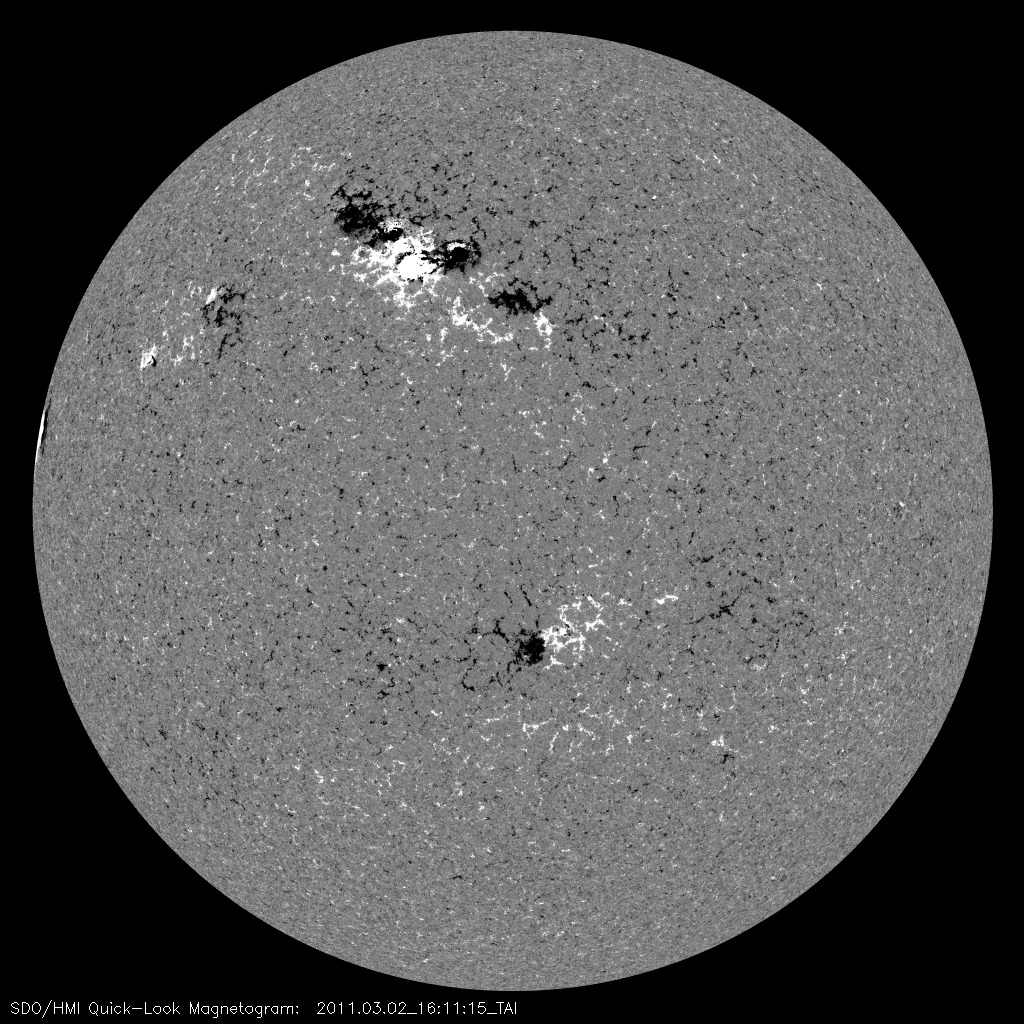
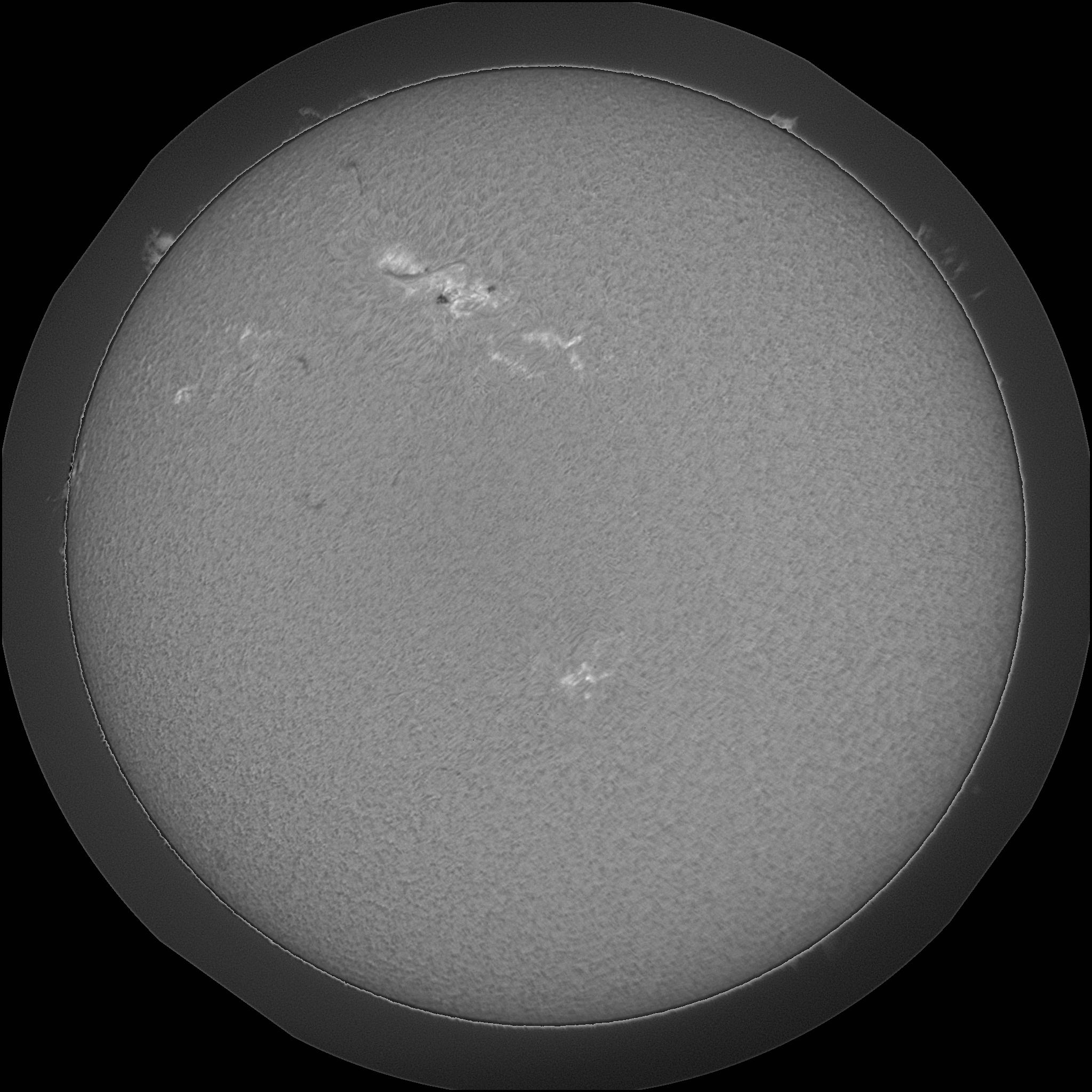
Events
Region
Report
Notes
Date: Wed, 2 Mar 2011 08:29:53 -0800
MM#003 Major Flare Watch
NOAA 1164 has lost its delta configuration and has
lost some of its overall magnetic complexity. There
is a large active dark filament located in the trailing
portion. There is a slight chance of an isolated mid-level
M-class flare in the next few days.
The position of NOAA 1164 on March 03 at 12:30 UT is:
N25E13 (Solar X = -198", Solar Y = 515")
Bill Marquette (Helio Research)
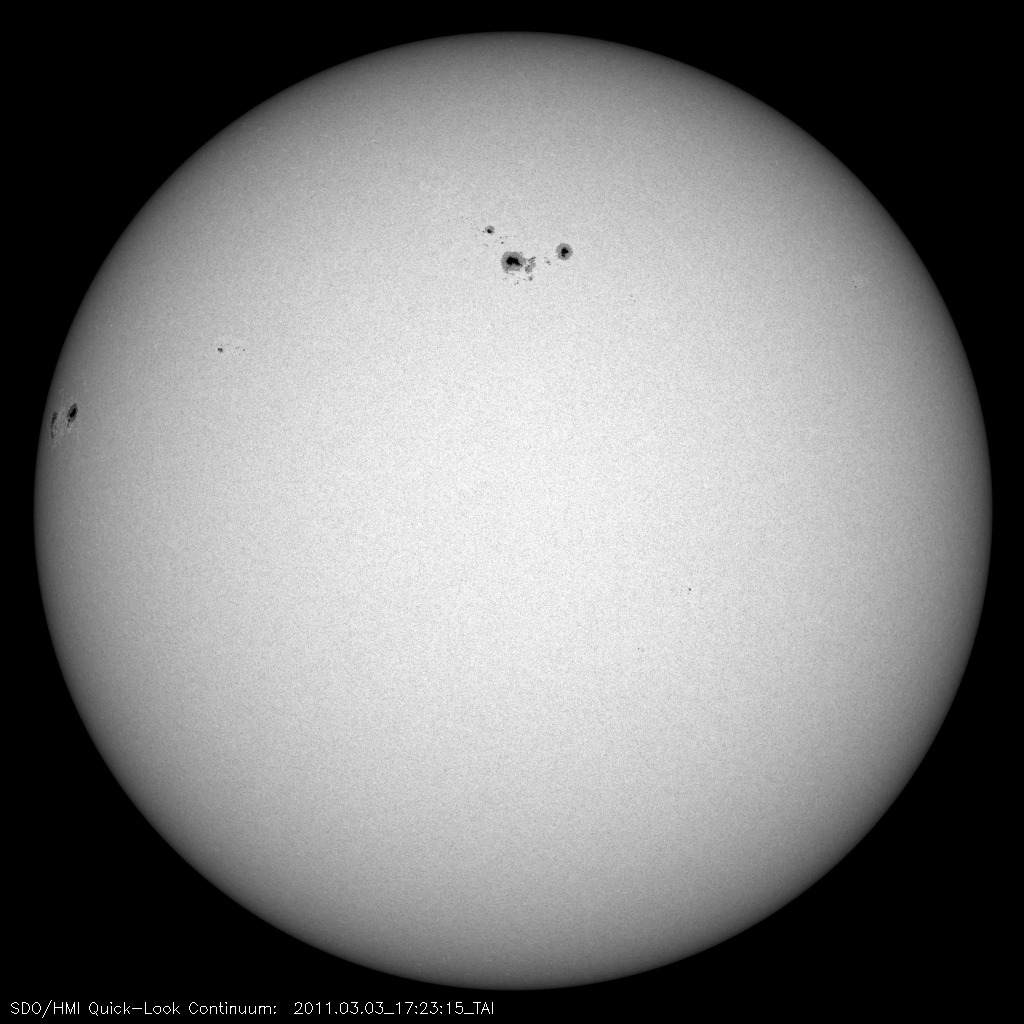
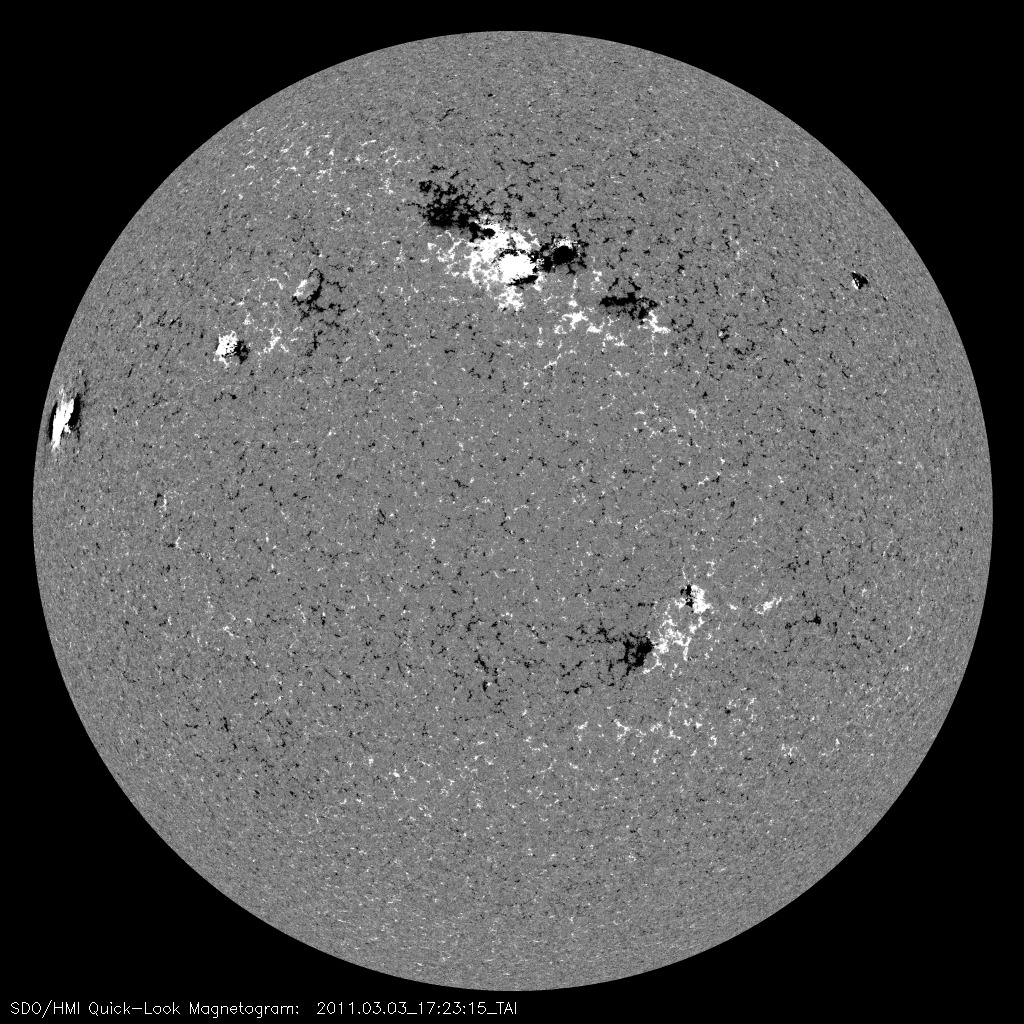

Events
Region
Report
Notes
Date: Thu, 3 Mar 2011 09:43:29 -0800
MM#009 Default HESSI Target
NOAA 1164 continues to slowly decay losing several small spots.
The chances of a major flare has also decreased but an isolated
M-class event is still possible with a slight chance of an event
equal to or greater than M5.
The position of NOAA 1164 on March 03 at 16:30 UT is:
N25W02 (Solar X = 030", Solar Y = 518")
Bill Marquette (Helio Research)